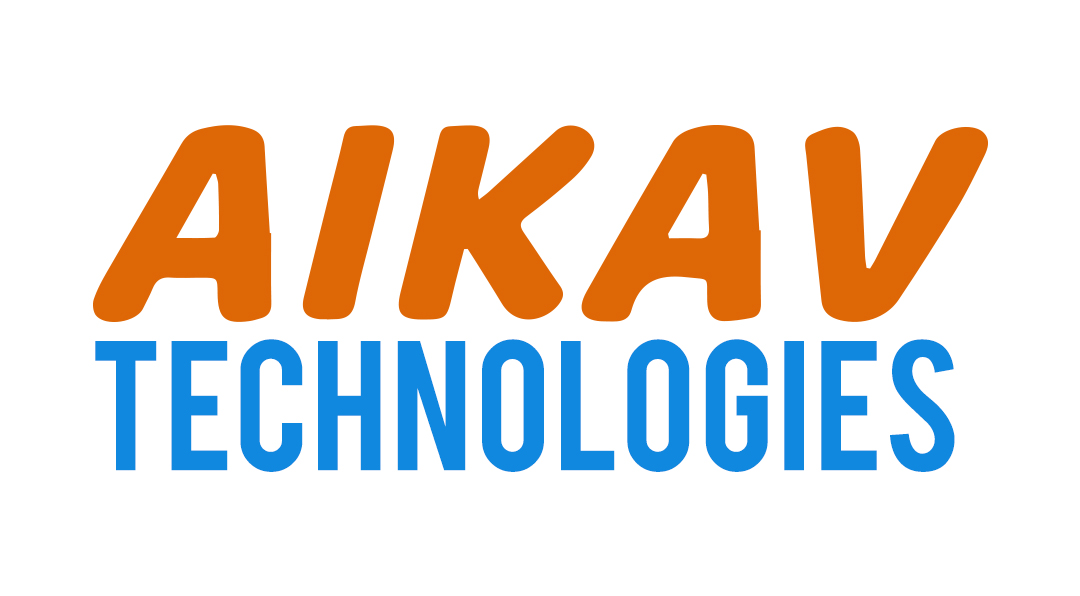
Drupal's Plugin API has been a key part of its flexibility and extensibility, allowing developers to add custom functionality in a clean and modular way. With the release of modern PHP features, such as PHP attributes, Drupal is evolving to improve the way plugins are defined and managed. This change introduces a cleaner, more efficient way to work with plugins, as it moves away from docblock annotations and embraces a more native PHP approach.
In this blog, we will explore the transition from annotations to PHP attributes in Drupal’s Plugin API, provide code examples, and explain how to update your tutorials and code to leverage the new capabilities.
PHP Attributes vs. Annotations in Drupal Plugin API
Before PHP attributes were introduced, Drupal used annotations in docblocks to define plugins and provide metadata. While this worked, it added unnecessary complexity to the codebase, and the parsing of annotations could be inefficient. With the advent of PHP 8, attributes were introduced as a more efficient and modern way of defining metadata directly in the code.
PHP attributes provide a cleaner syntax, better performance, and integrate seamlessly into modern PHP workflows. As of Drupal 9.3, this change has been implemented for defining plugins, and it's highly recommended to start using this approach in new projects or when updating legacy code.
PHP Attributes in Action
Here’s how you can define a plugin using PHP attributes, which replace the old annotation method.
Example: Defining a Plugin with PHP Attributes
namespace Drupal\my_module\Plugin;
use Drupal\Core\Plugin\PluginBase;
use Drupal\Core\Plugin\Annotation\Plugin;
use Drupal\Core\Plugin\PluginInterface;
use Drupal\Core\Annotation\Plugin;
/**
* @Plugin(
* id = "my_custom_plugin",
* label = "My Custom Plugin"
* )
*/
class MyCustomPlugin extends PluginBase implements PluginInterface {
/**
* {@inheritdoc}
*/
public function execute() {
return 'Hello from My Custom Plugin';
}
}
How It Works:
- The
@Pluginattribute is now used to provide metadata about the plugin, such as itsidandlabel. - The
MyCustomPluginclass implementsPluginInterfaceand extendsPluginBase, ensuring it adheres to the structure required for Drupal plugins. - The
execute()method contains the custom functionality of the plugin, which will be executed when invoked.
Using PHP Attributes to Define Plugins with Multiple Parameters
In addition to defining simple plugins, you can also use PHP attributes to configure plugins that require additional parameters or dependencies.
Example: Plugin with Multiple Parameters
namespace Drupal\my_module\Plugin;
use Drupal\Core\Plugin\PluginBase;
use Drupal\Core\Plugin\Annotation\Plugin;
/**
* @Plugin(
* id = "advanced_custom_plugin",
* label = "Advanced Custom Plugin",
* description = "A plugin that performs advanced operations"
* )
*/
class AdvancedCustomPlugin extends PluginBase {
protected $parameter;
public function __construct($parameter) {
$this->parameter = $parameter;
}
/**
* {@inheritdoc}
*/
public function execute() {
return 'Plugin executed with parameter: ' . $this->parameter;
}
}
In this example, the plugin requires a parameter to function, which is injected through the constructor. The PHP attribute syntax can be easily extended to define other plugin parameters as needed.
Updating Legacy Tutorials to PHP Attributes
If you have older tutorials or codebases that rely on annotations for plugins, it’s time to update them. Here are a few steps to follow when updating tutorials and code:
1. Replace Annotations with PHP Attributes
Previously, plugins were defined using docblock annotations, like this:
/**
* @Plugin(
* id = "my_custom_plugin",
* label = "My Custom Plugin"
* )
*/
With PHP attributes, the same definition becomes:
use Drupal\Core\Plugin\Annotation\Plugin;
/**
* @Plugin(
* id = "my_custom_plugin",
* label = "My Custom Plugin"
* )
*/
class MyCustomPlugin extends PluginBase {
...
}
The main difference here is that PHP attributes are no longer placed inside docblocks but directly above the class definition.
2. Remove Redundant Annotations Code
Since attributes eliminate the need for metadata comments inside docblocks, you can simplify your code by removing the annotation-based approach entirely. This will improve performance and make the codebase cleaner.
3. Test Plugins After Refactoring
After updating the code, it's important to test your plugins to ensure they function as expected. This is especially true when migrating a large codebase. Ensure that your plugins are correctly instantiated and that any dynamic behavior (e.g., caching, entity handling) works correctly.
Benefits of Using PHP Attributes in the Plugin API
- Improved Performance: PHP attributes are processed faster and more efficiently than annotations.
- Cleaner Code: Attributes eliminate boilerplate docblock annotations, reducing clutter and improving readability.
- Better Integration: Attributes are a native part of PHP 8 and beyond, ensuring that Drupal remains up to date with modern PHP standards.
- Easier Debugging: With attributes, it's easier to track the definition of plugins and their metadata directly within the code, simplifying debugging and code understanding.
Conclusion
As Drupal continues to evolve, leveraging new features like PHP attributes in the Plugin API will ensure that your code remains modern, efficient, and maintainable. By updating existing tutorials and examples to reflect this change, developers can harness the full power of Drupal’s Plugin API in a way that is cleaner and more aligned with modern PHP standards. Embrace this evolution and start refactoring your legacy codebase today to benefit from these improvements.
